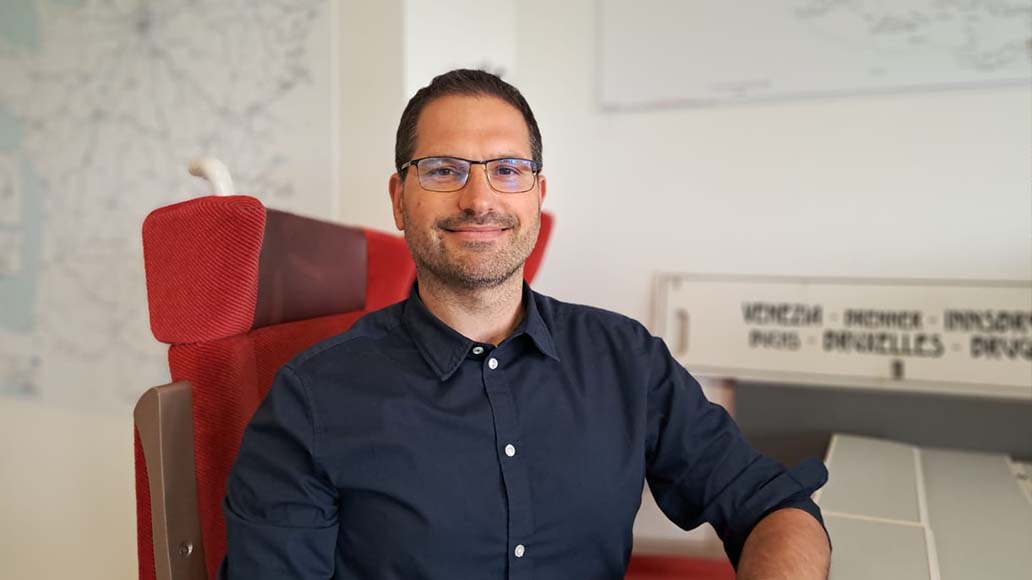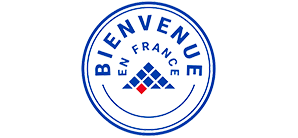Training Engineers to Meet Tomorrow’s Rail Challenges

Faced with the challenges of decarbonizing transport and major investments planned for the rail industry over the coming years, we need to train more engineers to meet the sector’s challenges. ESTACA is the only French school to offer a dedicated four-year training program, with courses taught by engineers from major railway companies, numerous projects to apply skills learned, and a twelve-month internship with major companies in the railway sector… Marc Ciais, head of the program, explains the objectives of the training program, its teaching methods and future developments to adapt to current changes.
What are the objectives of the Railway Engineer course ?
Our aim is that when graduates leave school, whether for a train, a maintenance workshop construction project, line regeneration work or an operations center, they understand exactly what is going on around them, and are able to apply engineering methods to optimize, solve problems, model solutions and apply them. In addition to their engineering skills, we aim to prepare them as much as possible for the context in which they will be working.
As part of their 4th year of training, students learn to reply to a call for tenders: over an entire year, they compete in teams to reply to a call for tenders for a fictitious public rail transport tender. In the final year, we add more open courses, for example on interpersonal relations, organizational and human factors, to give them some perspective on their engineering know-how.
The aim is therefore not to produce specialists in a specific field, but rather multi-skilled engineers in all railway subsystems.
What are the specific features of the training ?
We train our engineers from the design phase right through to the operational use of systems, covering all elements of infrastructure, rail traffic and rolling stock. We look at the components of the railway system, while studying the interfaces between them, which are generally the source of problems, and therefore of an engineer’s work.
It’s very technical and applied training: our engineers are appreciated for their ability to be immediately operational on the job and to demonstrate pragmatism in their reasoning. All classes are provided by working engineers from the railway sector, with great involvement from the SNCF and ALSTOM groups, as well as from HITACHI, EGIS, TRANSDEV and others. Of the 400 hours of classroom time, almost 100 hours are devoted to practical work, either at the school on in-house equipment (light vehicle or simulator), or in the field. For example, thanks to SNCF Voyageurs, we recently visited the Technicentre Est-Européen in Pantin with 4th year students, as part of the train system architecture course module. Being in a high-speed train locomotive is ten times faster and more effective than a lecture at school, because the student can see it in operation and visualize it in its environment.
In addition to practical work, the course includes at least six application projects carried out during the program:
- engineering projects where students learn how to implement and dimension railway system components, with a strong emphasis on innovation. For example, students are working on a mixed passenger-freight regional train, a European high-speed sleeper, a self-propelled vehicle for piggybacking, a cargo tramway for urban freight transport, and others.
- Cross-disciplinary technical projects where students learn to challenge their technical skills and work on global projects involving line construction or renovation, or in response to calls for tender.
- Industrial projects suggested and supervised by companies: SNCF Voyageurs, COLASRAIL, TSO, TRACTEDIS, SIEMENS, etc.
Students also have the opportunity to develop innovations and test them on a light vehicle, built by the students themselves over the last two years. These new concepts are then tested in line, under the same traffic conditions as the cyclo draisines (or velorails).
What is important is that at ESTACA we bring together real railway enthusiasts. Many of our students have chosen this school because they have dreamed of trains since they were children. We build on this enthusiasm, and there’s a real emulation between them to develop their knowledge. They organize site visits, conferences and technical projects among themselves (notably through the Guided Ways association), which are all highly complementary to what they learn at school.
How does the program adapt to future challenges in the rail industry ?
There are many needs for innovation and development if we are to continue developing the sector for ecological transition. We need to renew infrastructure, modernize networks, develop freight services (as an alternative to road freight), make progress on autonomous trains and develop automation. Innovation is also needed in terms of power and engines, with the end of diesel trains scheduled for 2050. Last but not least, let’s not forget the international stakes: French rail expertise exports well, and today’s market is global (40% of SNCF Group’s sales are generated abroad). Engineers must therefore be ready to meet all these challenges head on, ready to innovate to develop new technologies, ready to adapt to a fast-changing world whose challenges we don’t fully yet understand, and therefore able to work in a multicultural world and work abroad.
The course is really designed in close collaboration with the railway industry. As an engineer with the SNCF Group, I’m in constant contact with the needs in the field, as are most of the people who teach at ESTACA. We also rely on feedback from former graduates who work in the industry and provide us with valuable information. They tell us which classes are most useful, which ones need to be developed further, and which projects will develop and require more skills. In particular, they encourage us to go out into the field more and more, and continue to develop the systemic, pragmatic and technical side of our training. On a more institutional level, to plan for the long term, a Strategic Council devoted to the rail industry regularly meets with leading industry representatives to give their vision of the skills they will need in the future.













